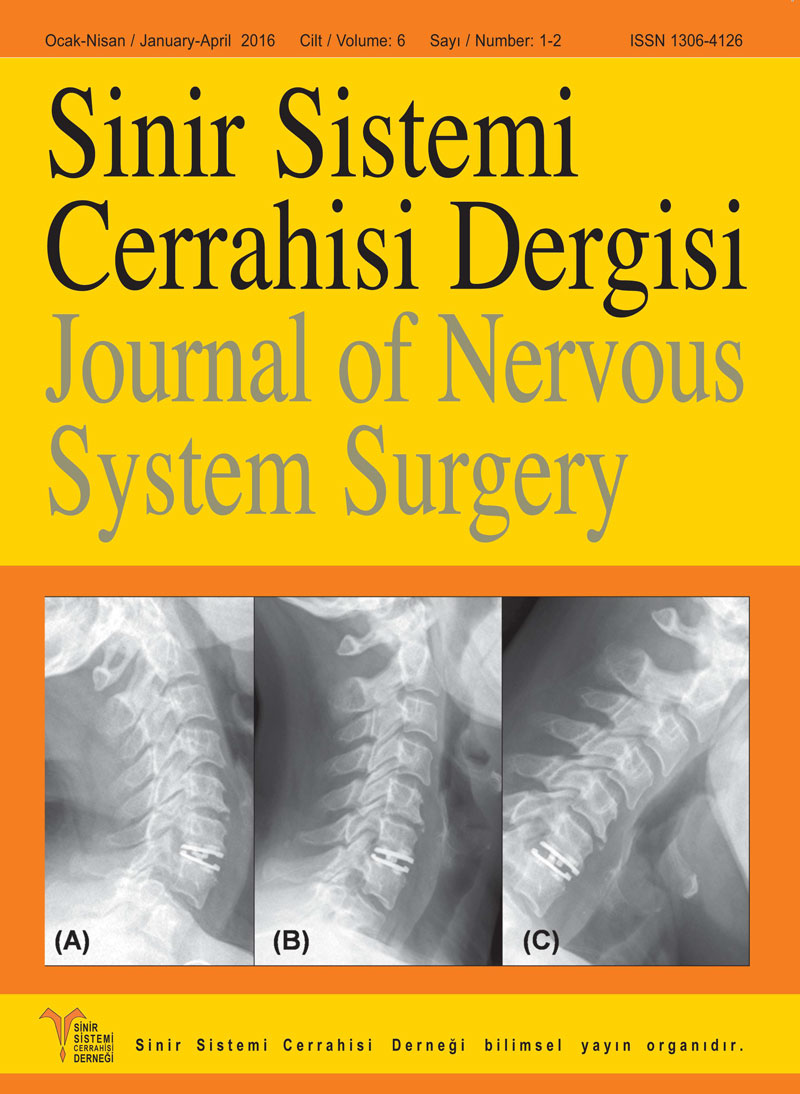Öz
Amaç: Bu çalışmada, PLDD’nin etkinliği olup olmadığını görmeyi amaçladık.
Yöntem: PLDD (n=64) ile yapılan nükleotominin hastaların işlem sonrası 1. hafta, 6. ay, 1. ve 2. yıl VAS değerleri üzerine etkisi olup olmadığı karşılaştırıldı.
Bulgular: PLDD uygulanan hastalarda preoperatif VAS değerleri post-operatif VAS değerlerinden istatistiksel olarak anlamlı yüksekti.
Sonuç: PLDD nükleotominin etkinliği açısından başarılıdır.
Anahtar Kelimeler: Perkütan laser disk dekompresyon, nükleotomi, protrüzyon, bulging, ekstrüde disk
Telif hakkı ve lisans
Telif hakkı © 2016 Yazar(lar). Açık erişimli bu makale, orijinal çalışmaya uygun şekilde atıfta bulunulması koşuluyla, herhangi bir ortamda veya formatta sınırsız kullanım, dağıtım ve çoğaltmaya izin veren Creative Commons Attribution License (CC BY) altında dağıtılmıştır.






